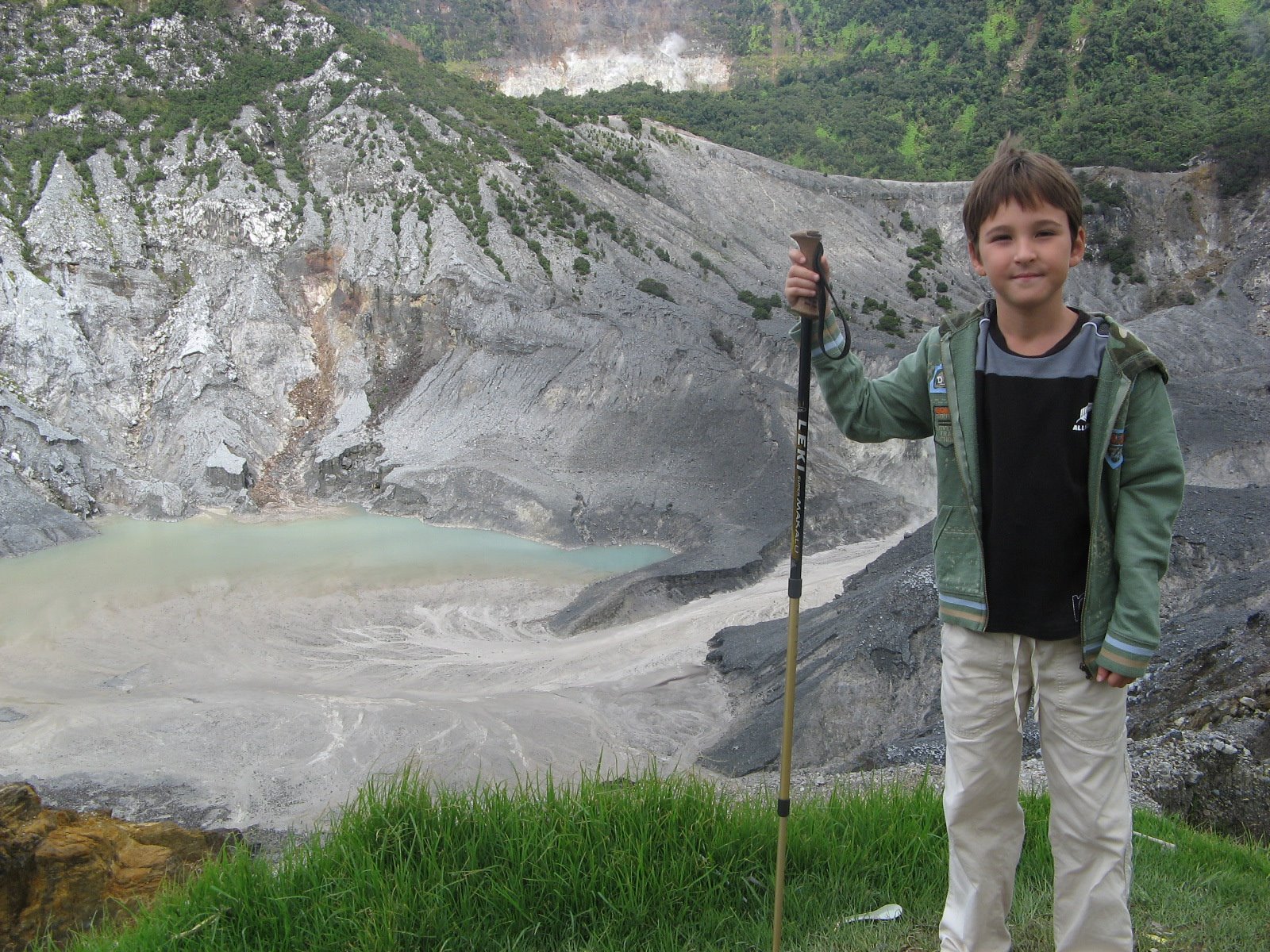Geography
Kazakhstan lies in the north of the central Asian republics and is bounded by Russia in the north, China in the east, Kyrgyzstan and Uzbekistan in the south, and the Caspian Sea and part of Turkmenistan in the west. It has almost 1,177 mi (1,894 km) of coastline on the Caspian Sea. Kazakhstan is about four times the size of Texas. The territory is mostly steppe land with hilly plains and plateaus.
History
The indigenous Kazakhs were a nomadic Turkic people who belonged to several divisions of Kazakh hordes. They grouped together in settlements and lived in dome-shaped tents made of felt called yurts. Their tribes migrated seasonally to find pastures for their herds of sheep, horses, and goats. Although they had chiefs, the Kazakhs were rarely united as a single nation under one great leader. Their tribes fell under Mongol rule in the 13th century and they were dominated by Tartar khanates until the area was conquered by Russia in the 18th century.
The area became part of the Kirgiz Autonomous Republic formed by the Soviet authorities in 1920, and in 1925 this entity's name was changed to the Kazakh Autonomous Soviet Socialist Republic (Kazakh ASSR). After 1927, the Soviet government began forcing the nomadic Kazakhs to settle on collective and state farms, and the Soviets continued the czarist policy of encouraging large numbers of Russians and other Slavs to settle in the region.
Owing to the region's intensive agricultural development and its use as a testing ground for nuclear weapons by the Soviet government, serious environmental problems developed by the late 20th century. Along with the other central Asian republics, Kazakhstan obtained its independence from the collapsing Soviet Union in 1991. Kazakhstan proclaimed its membership in the Commonwealth of Independent States on Dec. 21, 1991, along with ten other former Soviet republics. In 1993, the country overwhelmingly approved the Nuclear Non-Proliferation Treaty. President Nursultan Nazarbayev restructured and consolidated many operations of the government in 1997, eliminating a third of the government ministries and agencies. In 1997, the national capital was changed from Almaty, the largest city, to Astana (formerly Aqmola).
In Jan. 1999, Nazarbayev was sworn into office for another seven years, although the election was widely criticized when an opposition leader was disqualified on a technicality. Despite his authoritarianism, Nazarbayev, who has ruled Kazakhstan since 1989 (when it was still part of the Soviet Union), is a widely popular leader. Kazakhstan has the potential for becoming one of central Asia's richest countries because of its huge mineral and oil resources and its liberalized economy, which encourages Western investment. In 2000, oil was discovered in Kazakhstan's portion of the Caspian Sea. It is believed to be the largest oil find in 30 years. In March 2001, a pipeline opened to transport oil from the Tengiz fields to the Russian Black Sea port of Novorossiysk. In 2004, Kazakhstan signed a deal allowing China to build an oil pipeline to the Chinese border.
But as its economic outlook blossoms, Kazakhstan's scarce democratic principles continue to wither. In the past several years, the president has harassed the independent media, arrested opposition leaders, and passed a law making it virtually impossible for new political parties to form. In Dec. 2005, President Nazarbayev was reelected with 91% of the vote. In May 2007, Parliament voted to do away with term limits, thus allowing President Nazarbayev to remain in office indefinitely.
Prime Minister Daniyal Akhmetov resigned in January 2007, giving no reason for the move. He was replaced by former deputy prime minister Karim Masimov.
See also Encyclopedia:
Kazakhstan.U.S. State Dept. Country Notes: Kazakhstan
Thursday, June 21, 2007
Subscribe to:
Post Comments (Atom)

No comments:
Post a Comment